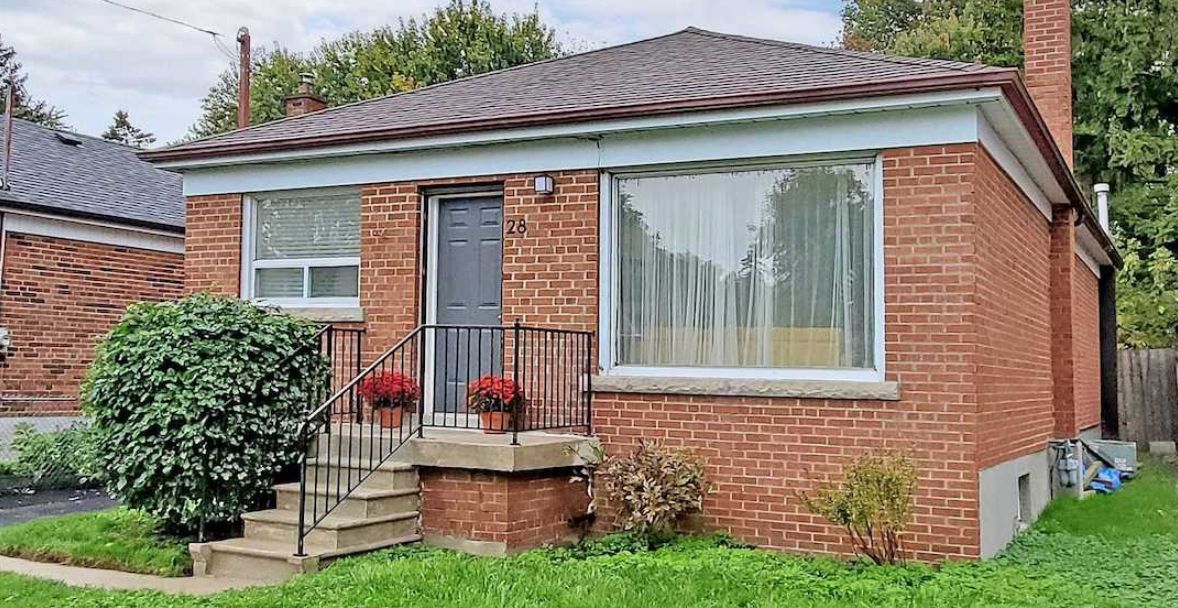
Before you buy a home, it’s always a good idea to get a professional home inspector—but that shouldn’t be the only time you give your home a thorough look. Here’s a checklist of what to look for when performing a yearly visual inspection on your own home, or one you are considering buying.
A professional home inspection should not be skipped when buying a property. But when you first visit the house, you can also do your own visual inspection so you can watch for certain trouble spots. Even after you buy the house, doing this at least once a year will catch most issues before they become major problems.
You’ll need a pair of binoculars, flashlight, gloves, screwdrive, notepad and pen, and a camera to document problems.
Outside the House

Begin your inspection on the outside of the home, where most problems will be found. Use your binoculars to scan the roofline, high walls, and chimney. Unless you suspect major damage, save climbing on the roof for the pros.
Do a slow walk around the home and take it all in. Does everything look level? Rooflines should look solid and not tilted or leaning. Windows should be square and not show rot in the wood around them. In addition, look at:
- Gutters and Downspouts: Check for cracks, clogs, and damaged elbows. These problem areas allow water to run along walls and into the foundation, which can cause major damage. Use a ladder to investigate twigs or grass you see growing from the gutter.
- Paint: Check for peeling paint, which can be a sign of moisture penetration on the wall. Cracking and flaking paint is due to adhesion problems or the surface deterioration. These are indicators that the siding needs to be replaced or repaired.
- Chimneys: Look for anything that might be blocking the chimney opening such as a birds nest or fallen leaves. Inspect the bricks and mortar around the chimney which should be intact, with no cracks or broken pieces that allow water to seep in.
- Roof: Check for broken or missing shingles, which compromises the weather protection of your home. Large tree branches that rest against or over your roof, can allow unwanted pests and rodents to gain access to your home. Tree branches that break off in storms can also cause damage.
- Foundation: Take note of the grade around the foundation. It should be at least 8 inches below the siding (to prevent insects from getting into the siding) and slope away from the house. Keep an eye on hairline cracks in the foundation and take photos to document their size. A pro should inspect larger cracks in the concrete.
- Driveways and Garage: Loose and cracking asphalt is a tripping hazard and also an entry point for water which can cause damage in the colder months.
- Windows: Look for weather rotted caulk that is peeling or flaking away. These areas are prime for water and cold air to enter your home.
- Decks, Stairs, and Porches: These areas require regular maintenance and it’s important to inspect above and below the surface. Look for loose and broken boards and missing screws. Inspect for signs of termite damage which include tunnels in wood or winged insects.
Preventing water from entering your home is the number one concern during a home inspection. Water and moisture inside your walls, floors, and basement is expensive to find and fix. By doing some preventative work, you have a great chance to catch an issue early on.
Read the full post in WORKSHOP







